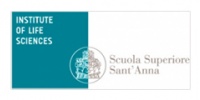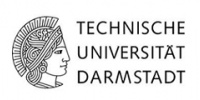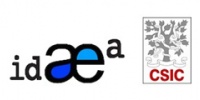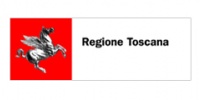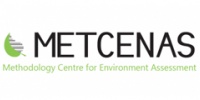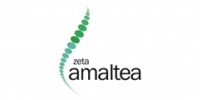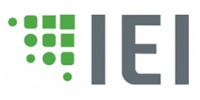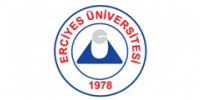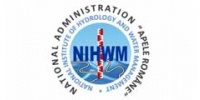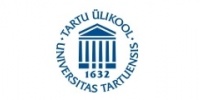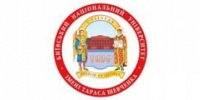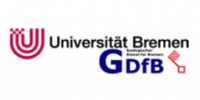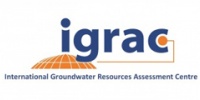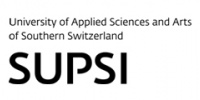 This project has received funding from the European Union’s Horizon 2020 research and innovation programme under grant agreement No 642224
This project has received funding from the European Union’s Horizon 2020 research and innovation programme under grant agreement No 642224
Decisions on water management and planning, taken to practically apply the Water Framework Directive (WFD) and water related directives requirements, are often made on geographically lumped 20/30 years average water budgets. These do not consider both the spatial variability of the various hydrological factors and the time variability of the hydrological variables within the year. Moreover, they do not allow the solutions of localised problems, such as aquifer overdraft or exploitation, as they are not able to provide local and time-based solutions. Consequently, results are highly qualitative (semi-quantitative) and not really useful for water management and planning.
The Water Framework Directive 2000/60/CE required an increase of monitoring activities on water quantity and quality; this in turn led to the availability of time series that allow the implementation of more efficient water management tools. Up to now the information content of such data is not properly exploited, because they are often analysed with very simple algorithms providing limited insight into the dynamic of the systems. The availability of ICT-tools performing spatially and temporally based analysis will greatly help to exploit the information content of such data and to get a better insight on water bodies behaviour.
Although the use of GIS in water management is nowadays widespread (as demonstrated also by the results to the questionnaire distributed among the partners of the proposal) and well standardised (see CIS Guidelines 9 and 22), many water authorities still rely on professionals (geologists, geographers, biologists, engineers, etc.) with limited capabilities on the use of new technologies especially dedicated to water management, such as modelling. The same often applies for water utilities or private companies. This constitutes a limit to the challenges and problems posed by water management.
The value of using advanced technologies (often referred as "complex" in WFD related documents) in water management is often diminished by the fact that only well-trained practitioners and professionals are involved in the study and present the results to stakeholders. The latter are not actively involved in the model development and have to rely and trust who performed the analysis ( Refsgaard et al., 2010). In this sense, the lack of participatory approach in using advanced ICT tools for evidence-based decisions in water management constitutes a limit to the application of the water related Directives.
From a technical and social point of view, this results in poor coordination among technical and scientific personnel, policy and decision makers, and the various stakeholders involved in the monitoring and management of the water resource.
To overcome this purely technical approach in dealing with very complex water related issues with a large variety of stakeholders involved, it is necessary to introduce the participatory approach. The non-technical aspects of water resource systems (such as societal, political and legal concerns) are recognized as having a great, if not fundamental, importance to reaching an agreed-upon decision; these are therefore to be integrated into the more technical and mathematical issues (Soncini-Sessa, Weber & Castelletti, 2007).

